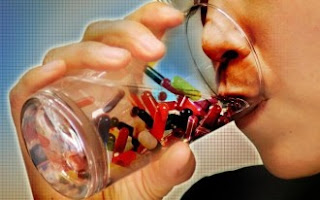Mexico Is Receiving Their 12th
Atmospheric Water Generator & Puerto Rico Is Moving To Atmospheric Water
Generators to Help Solve the Worst Drought in 20 Years
We are
proud to announce, that we have shipped 12th
Atmospheric Water Generator to Mexico. The WFC-15 unit has new technology designed
to lower the energy requirements and make more water in areas with less
relative humidity. Commercial Atmospheric Water Generators have been purchased
and showcased throughout Mexico. Water Technologies has received indications of
interest on the small, medium and large AWGs for use by municipalities, schools
and hospitals. Most recently real estate developers have also shown interest in
AWGs for large commercial and residential housing developments.
Puerto Rico is facing the worst
drought in 20 years and the most stringent water rationing that has ever been
imposed. In some areas tap water is on for 24 hours and off for up to 72 hours.
Water is actually being turned off in many towns on the island. Families,
restaurants, schools, municipalities, public areas are most affected. The aging
water infrastructure struggles to meet the needs of the population in many
areas. Resource experts say many other countries face a similar potential water
crisis as a result of La Nina.
Mexico and Puerto Rico are in
desperate need of clean drinking water for their people. When natural disasters
are added into the equation it becomes a governmental responsibility to supply
clean water and that is the situation Mexico and Puerto Rico have found
themselves in. I know our products can make a difference in these areas. The
warm and humid climate is perfect all year long for generating water from air.
We have been working for months with these 2 new distributors. They have
ongoing relationships with Governments and Institutions that can bring sales
and long term partnerships to our company. The new distributors will cover two
huge markets for Water Technologies' products. The need is growing because of
the droughts, failing infrastructure and contamination of ground water
supplies. There is a strong and immediate need for adequate clean water
supplies to sustain life and provide water for industrial and real estate
development projects!"
